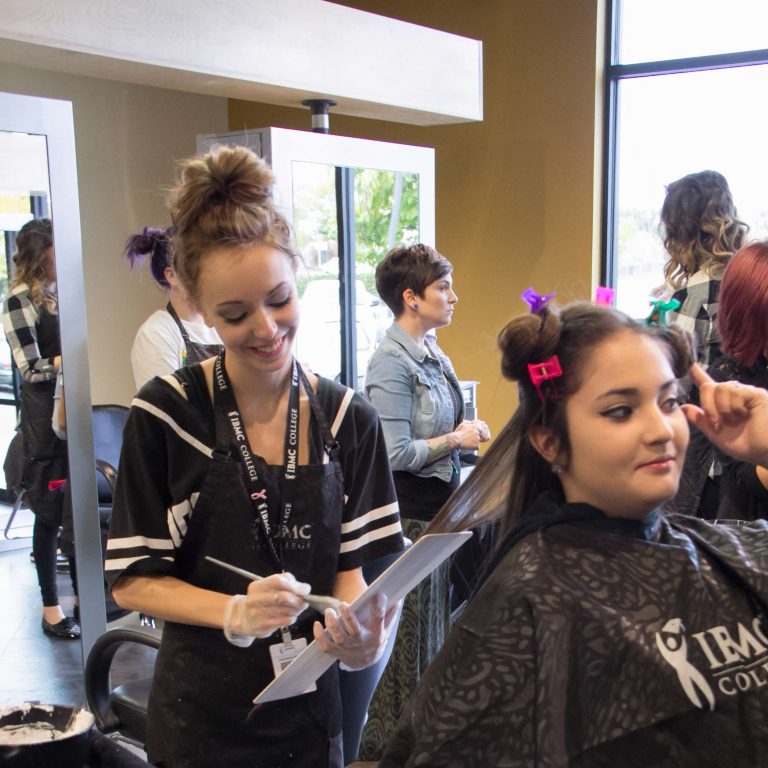
However, they are not required to take general courses throughout the program.ĭiplomas can typically be obtained slightly faster than Associate’s Degrees, but they do come with a few downfalls. They have the same hands-on training as well.
COSMETOLOGY SCHOOLING HOW TO
They still learn about hair, skin, and nails and how to care for and beautify each of these. To receive this diploma, students are required to take all of the same Cosmetology courses. This program gives many of the same benefits as the Associate’s Degree option, but its process is slightly less demanding. It also allows them to graduate with their Associate’s degree.Īnother way to become a licensed Cosmetologist is through the Cosmetology Diploma program. Once this exam is passed, students are legally allowed to practice Cosmetology in the state of their school. This exam varies by state, but can include a written, oral, and/or a skills test. The last step in the Associate’s Degree in to pass a state licensing exam. They practice on real clients in a school setting with close supervision.Īfter students have completed general courses, major-based classes, and have participated in hands-on training on real clients, their program draws near its end. They then move into an experience that shows them what it is like to work in a real salon.
COSMETOLOGY SCHOOLING SKIN
They first practice on manicans while they practice the basics of cutting, styling, and dying hair and caring for skin and nails. The classes cover everything the students will need to know when they begin to work on hair, skin, and nails.Īlong with the in-class portion of the degree, students gain hands on experience as well. They learn to dye and perform special treatments like deep conditioning and perms as well. They teach topics about hair cair, washing and conditioning hair, and how to cut and style every type of hair. The major-based courses in this program are made up of everything students need to know in their future career. This allows them to better offer services that help their future clients and adds significantly to their client education skills and topics. The students are taught how to recognize these problems and then taught general ways to treat them.

These classes often teach problems that can occur with skin, hair, and nails. The science classes taught through the Associate’s Degree program can set students apart from their peers who choose different pathways into the Cosmetology field. Because general courses are taken, Associate’s Degrees in Cosmetology are made up of credits that can transfer directly into a Bachelor’s Degree program if the student decides to further their education in the future. These courses are based on topics including English Communications, Sciences, Math, and History. The main thing that sets the Associate’s Degree apart from other options is that it includes general course work. It consists of a two year program made up of general courses, major-based courses, and hands-on experience. We are here to help you understand the difference between an Associate’s Degree, a Diploma, and a Certificate in Cosmetology so that you are able to choose the program that will be the best fit for you.Ĭosmetology Associate in Applied Sciences DegreeĪn Associate’s Degree is the highest degree that you can earn in the Cosmetology field. Not only are these classes offered at different types of schools like community colleges, technical colleges, and private Cosmetology companies, but the degree program names and lengths vary as well. When you first look into Cosmetology schools, you will notice that there are a variety of different program options.

If you’ve been dreaming of cutting hair, styling nails, applying makeup and helping men and women with their overall beauty and self-confidence, Cosmetology school may be right for you. A career in Cosmetology can be an exciting choice.


 0 kommentar(er)
0 kommentar(er)
